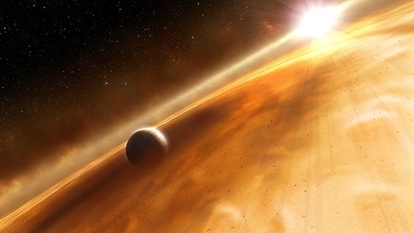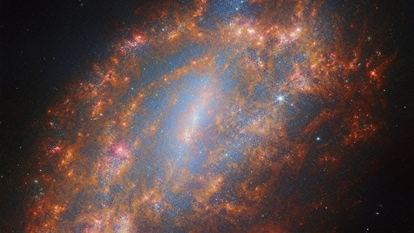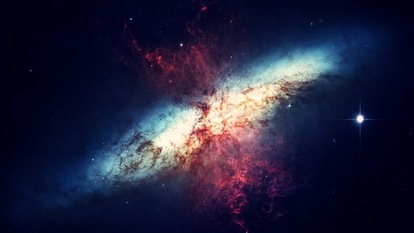NASA Astronomy Picture of the Day 5 March 2023: Spectacular meeting of Venus and Jupiter
NASA Astronomy Picture of the Day is depicting two bright planets in the sky. These are none other than the rare Venus and Jupiter conjunction.
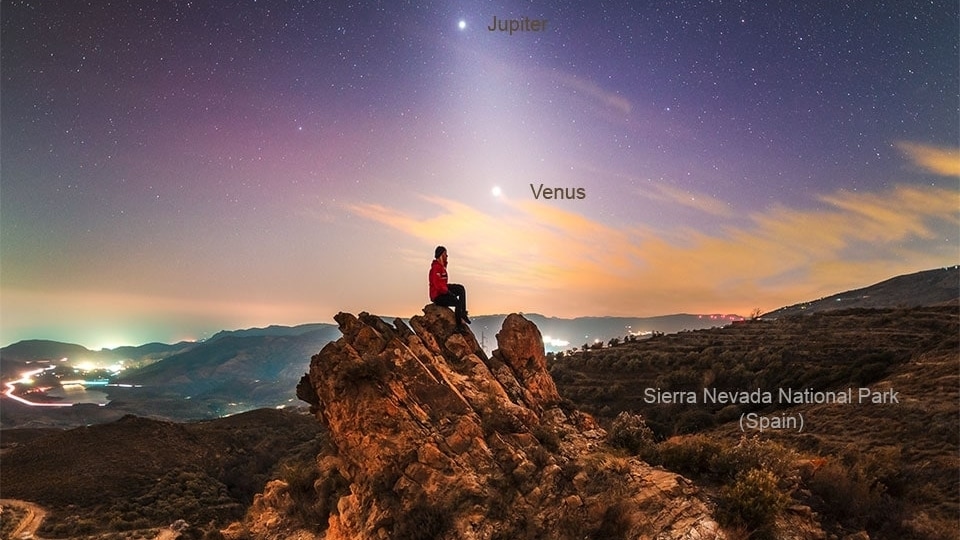
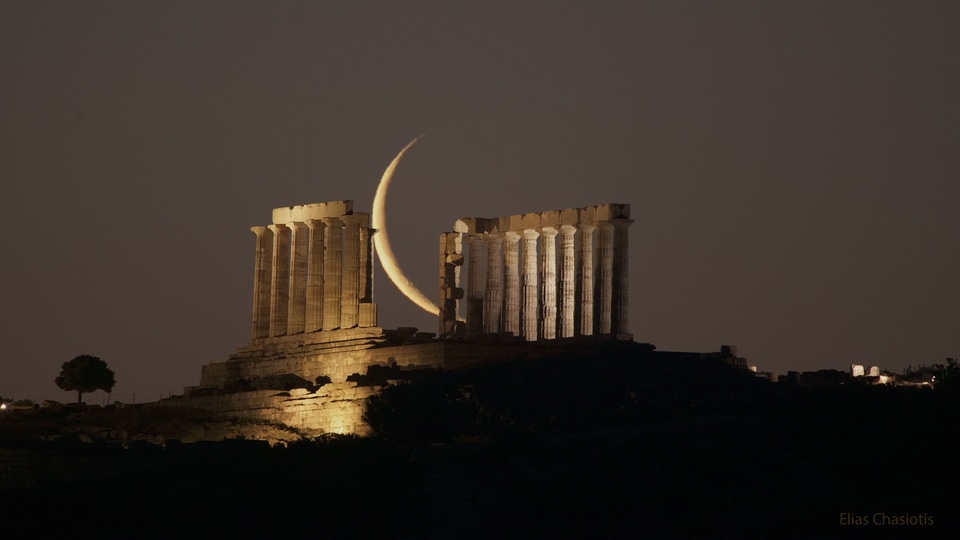

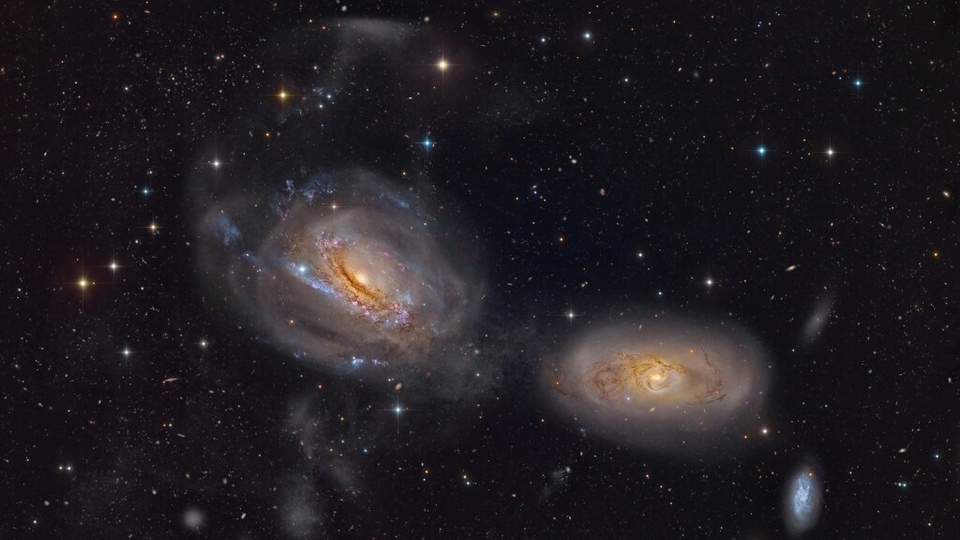
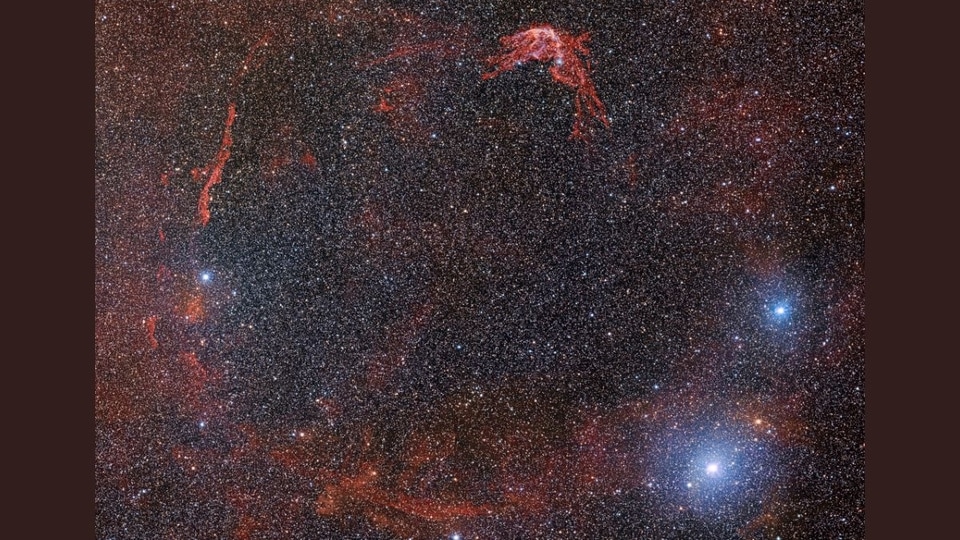

 View all Images
View all ImagesThe world is not yet done talking about the rare meeting of two planets in our solar system in the night sky! Almost on a daily basis, you can find new photos released on the internet of the Venus-Jupiter conjunction. NASA has shared Jupiter and Venus conjunction seen as two bright spots over Italy in the night sky as the astronomy photo of the day.
NASA said while sharing the photo that “a few days ago, the two brightest planets in the night sky passed within a single degree of each other in what is termed a conjunction. Visible just after sunset in much of the world, the two bright spots were Jupiter (left) and Venus (right).” The featured image was taken near the closest approach from Cirica, Sicily, Italy. Merely a week ago, Venus was rising in the evening sky to meet Jupiter, but now their positions have reversed.
Naturally, Venus is much nearer to the Sun and Earth than Jupiter, and the apparent proximity of the two planets in the Earth's sky was purely angular. Despite their ongoing separation, the famous duo can still be observed for around an hour after sunset this month, but Jupiter will continue to set earlier each night.
Next Venus and Jupiter conjunction
Did you miss to witness this rare planetary conjunction of Venus and Jupiter? As per a report by Space.com, Venus and Jupiter won't appear close again until February 7, 2032! That's almost a decade.
Don't worry! This wasn't the only planetary conjunction that you can enjoy. The-sky.org report mentioned that Venus and Uranus will meet in the night sky on March 31, 2023. "Venus and Uranus will share the same right ascension, with Venus passing 1°17' to the north of Uranus," the report mentioned.
If you're in Delhi, you'll be able to spot the duo at around 18:52 (IST), positioned 31 degrees above the western horizon as the evening light fades. As time passes, they will gradually descend towards the horizon and finally set 2 hours and 46 minutes after the Sun, at 21:23. It will be visible through a pair of binoculars.
Catch all the Latest Tech News, Mobile News, Laptop News, Gaming news, Wearables News , How To News, also keep up with us on Whatsapp channel,Twitter, Facebook, Google News, and Instagram. For our latest videos, subscribe to our YouTube channel.








